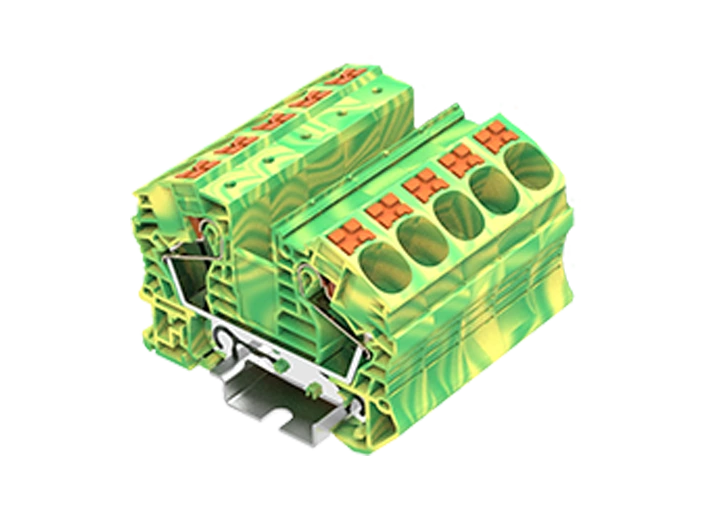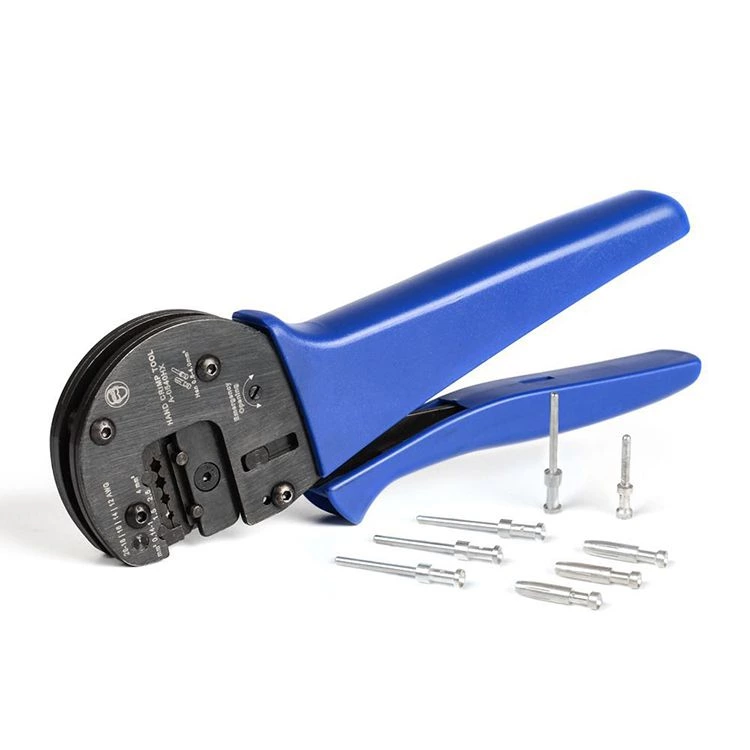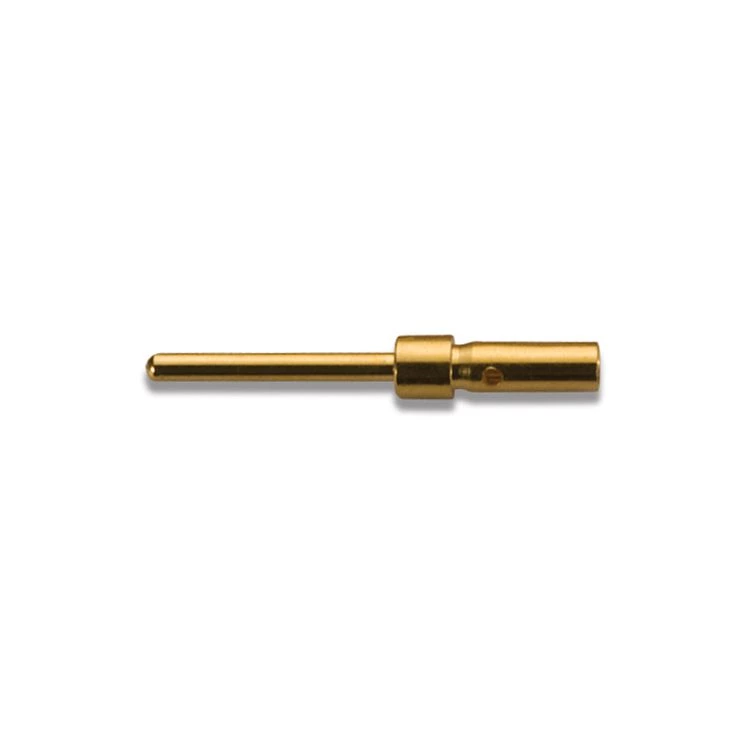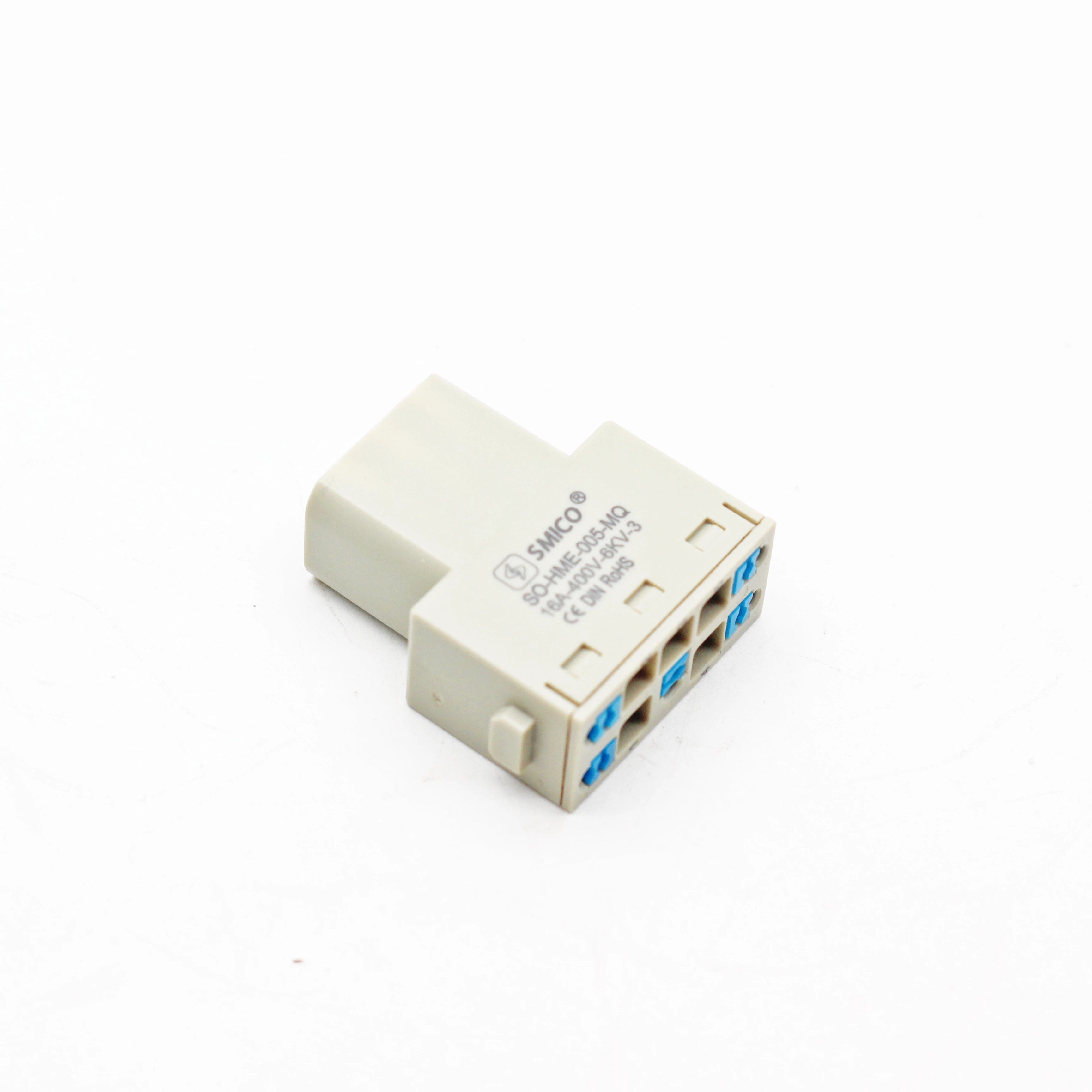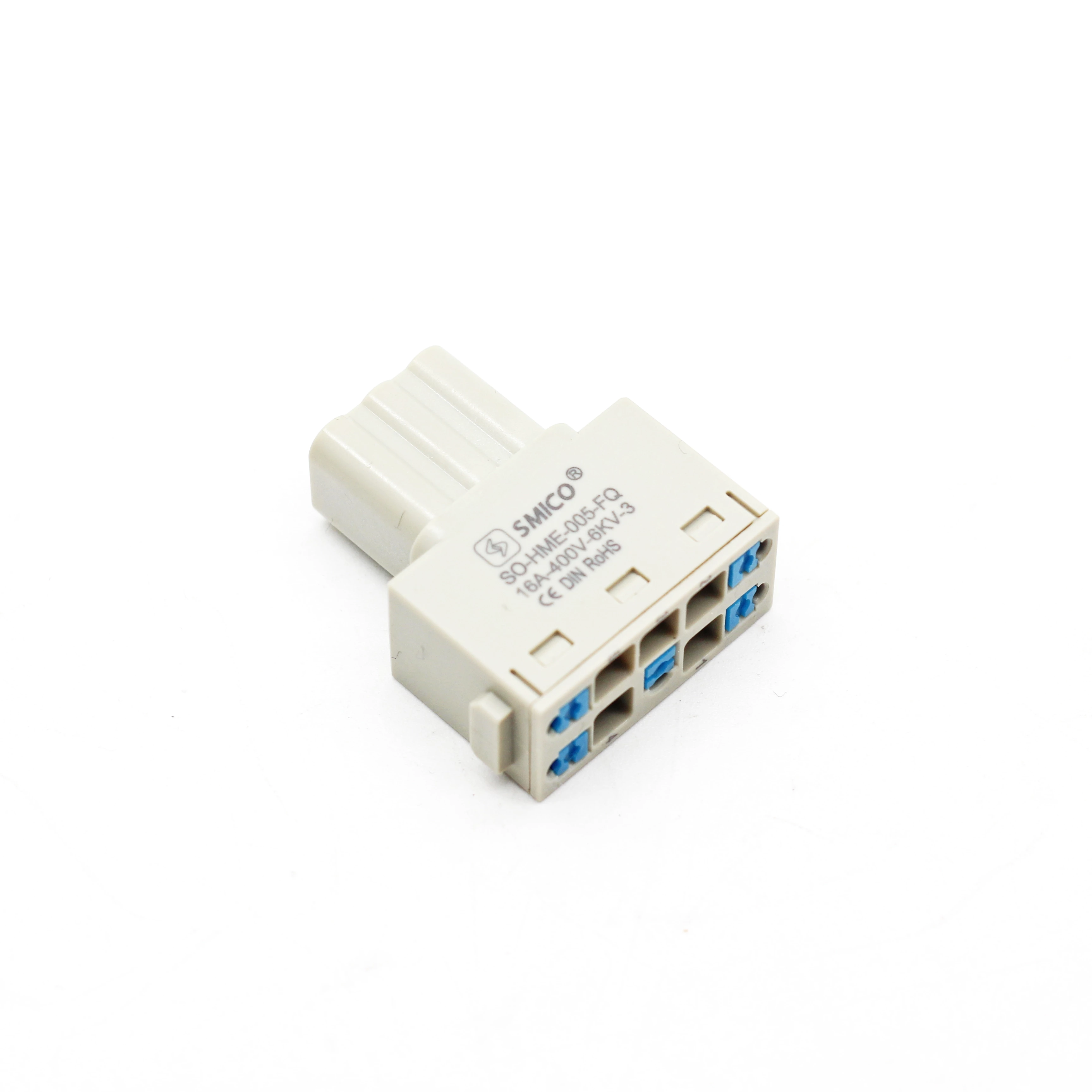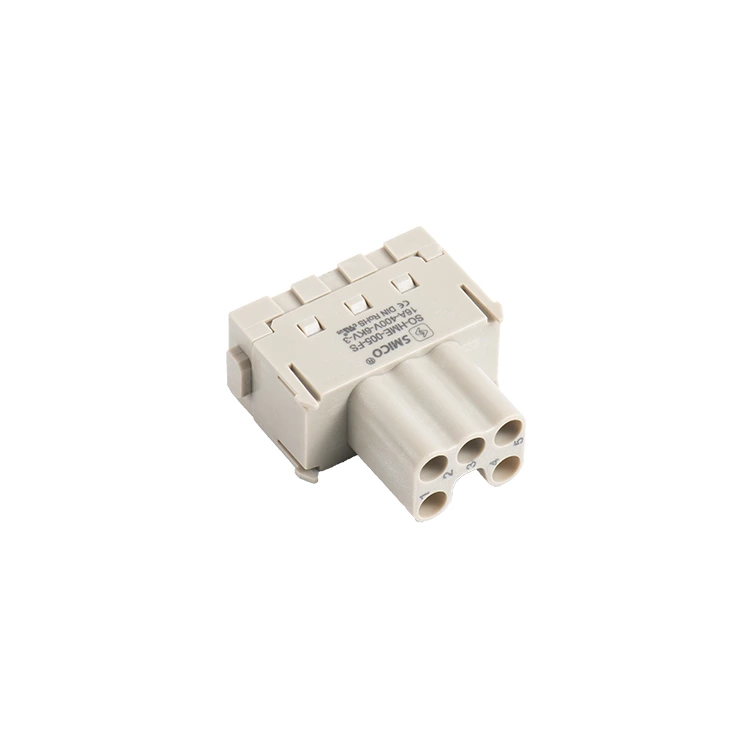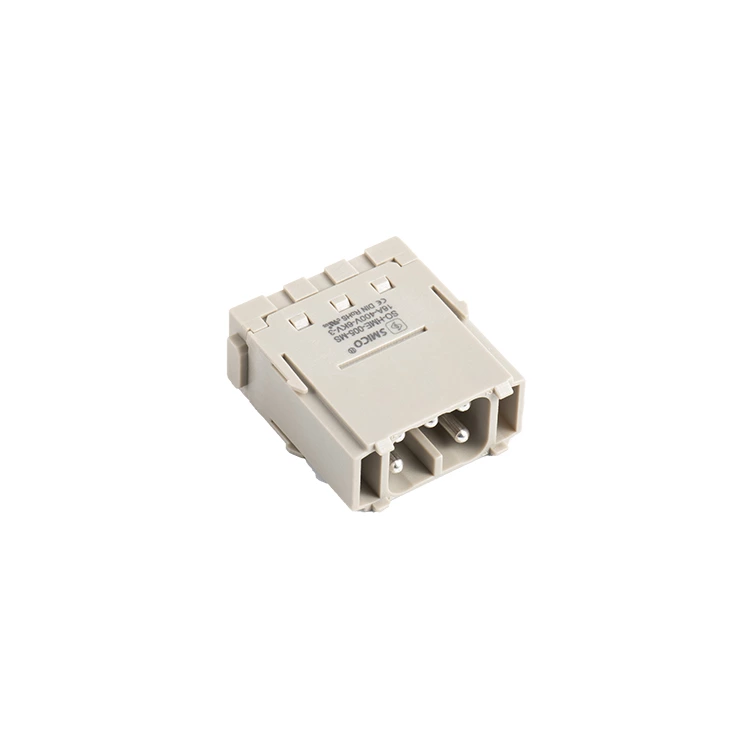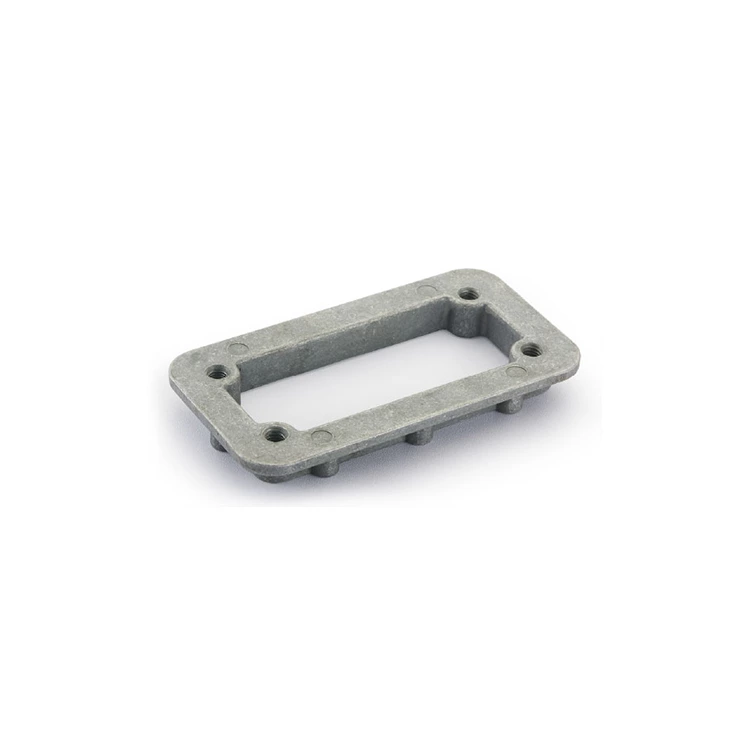Detailed Explanation Of The Nickel Plating Function Of Push-in Terminal Blocks
Nickel Plating as a Diffusion Barrier
On push fit terminal substrates made of copper or brass, nickel plating is commonly used as a transition layer or undercoat to prevent the diffusion of precious metals like gold and silver into the base material. The nickel layer forms a dense barrier that reduces metal migration, helping to extend the lifespan of the surface coating on push fit terminal block connector.
Nickel Plating Enhances Corrosion and Oxidation Resistance
For the industrial environments encountered by push in connector block components, nickel plating provides superior corrosion resistance compared to bare copper substrates. For instance, copper materials are prone to oxidation and corrosion without protection in humid, chemically gaseous, or vibrating conditions. Nickel plating significantly delays oxidation and reduces contact resistance variation in copper materials.
Nickel plating improves surface wear resistance and longevity
push in terminals with clamping screws components endure mechanical stress during insertion/removal, vibration, or load variations. The nickel layer enhances resistance to wear and scratches.
Nickel Plating Optimizes Soldering and Connection Performance
In certain push in wire terminal block designs, the nickel layer serves as a base coating to enhance stability during subsequent soldering, crimping, or insertion/removal operations. The nickel layer controls solder penetration behavior and minimizes the impact of substrate diffusion on the solder joint.
